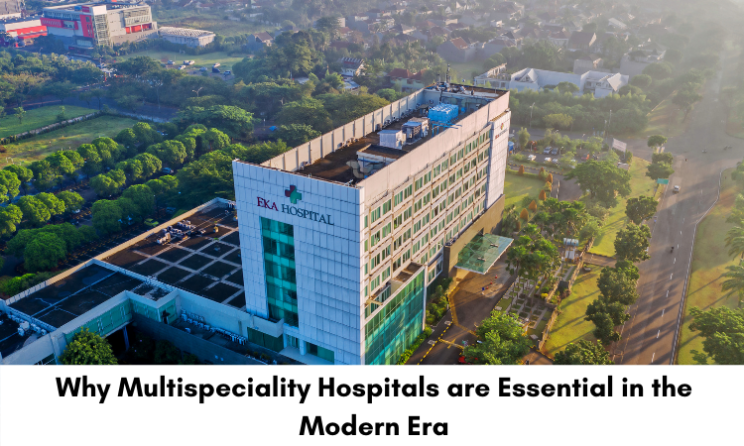
All countries face challenges to deliver optimal healthcare to citizens. Primarily, it has to be affordable and of a high quality, no matter the income of the patient. This may seem like a far-fetched idea in Indian context, but it is happening, though in a gradual phased manner. India has a constrained resource field, and quality healthcare plus affordability may be a combination that requires an urgent re-modelling of current healthcare systems. The two main wake-up calls that India must perceive are its huge population that it can barely manage, as well as a GDP in the low capita area. Significant investment is mandatory to build substantial health infrastructure, but is unfortunately lacking.
There is also an acute shortage of good doctors in Tier 2 and Tier 3 towns, and especially in remote areas. The proficient physicians prefer to remain in large cities, where earning potential is promising. This just makes the problem larger. Within the current healthcare system, a large majority of patients suffer from chronic diseases and other conditions, and as the population grows, this number will grow exponentially. This is where a multispecialty hospital comes in. Though many exist, they are built like monuments for the rich who can afford healthcare with or without insurance. There is no place for low income and poverty-stricken sections of society, where these hospitals can really make a difference.
Primary Healthcare
A multispeciality hospital is one in which multiple disciplines of healthcare work together under one institution. There are vast numbers of Indians who are patiently lying in wait for hospital-based tertiary healthcare for conditions such as cancer, and heart ailments.
Wealthy patients are seen to at once, ensuring that primary healthcare needs are met, but there are 2.5 million citizens who may need heart surgeries on an annual basis, and many never get it done. Government hospitals are stretching at the seams to deliver whatever best care they can, but oftentimes, the citizens have to be turned away.
A multispeciality hospital for low income groups in every small city of India hardly exists, and the ones that do, have limited resources to cater to a population of India’s proportions. Most of these unfortunate ill people die before they get adequate care in such a dire situation. An article in The Lancet recently stated that close to 3 million Indians would die in the years to come, simply because of poor access to quality treatment.
Multi-specialty Hospital Models
Conventional multispeciality hospital models are built on the principles of a general healthcare facility that treats all people and manges all diseases, right from complicated treatments like chemotherapy or radiotherapy for cancer care, to dentistry, ENT and ophthalmology. Today, people make the use of insurance, and tools like a digital health card to pay for services, or they have the means to pay without these aids. However, the lower income groups face challenges with affordability.
Therefore, the solution is to provide free medical care, or at least charge nominal rates, at multispeciality hospitals that are quality-driven to a higher extent than municipal hospitals are. Building more hospitals of the multispeciality kind will bridge the gap between facilities that the wealthy take for granted, and the poor, who need them most. Instead of opening more doors of treatment to the wealthy, poorer sections should have access to such treatment centres, in which they get diagnostics, pharmaceutical benefits and treatment of various diseases done under one roof.\
Affordable Healthcare for All
As India enters the digital era, it is advancing in many fields of technology. As life becomes more fast-paced and stress-oriented, more disease conditions exist in all segments of society, and the need for more multi-specialty facilities in this modern era is a necessity, and not a luxury. You can make healthcare affordable for yourself or your loved ones by getting the Bajaj Finserv Health EMI Network Card. Pay your hospital, diagnostic and pharmacy bills in an easy manner, by dividing them into convenient EMIs in flexible tenors up to 24 months. Treatments from dentistry facilities to plastic surgeries are covered by this digital instrument at 5,500+ collaborative facilities, in 1,000 plus cities.






